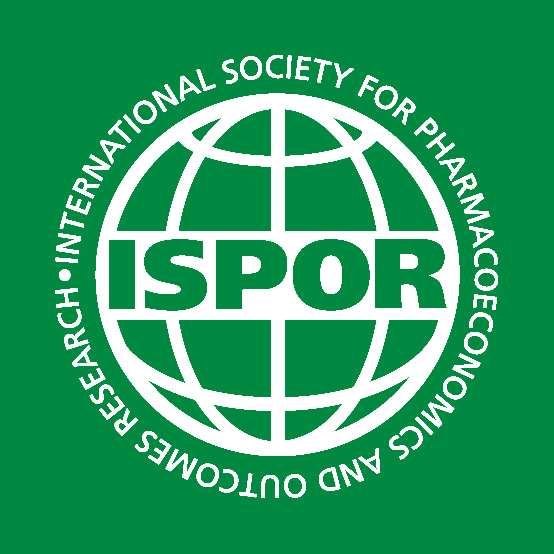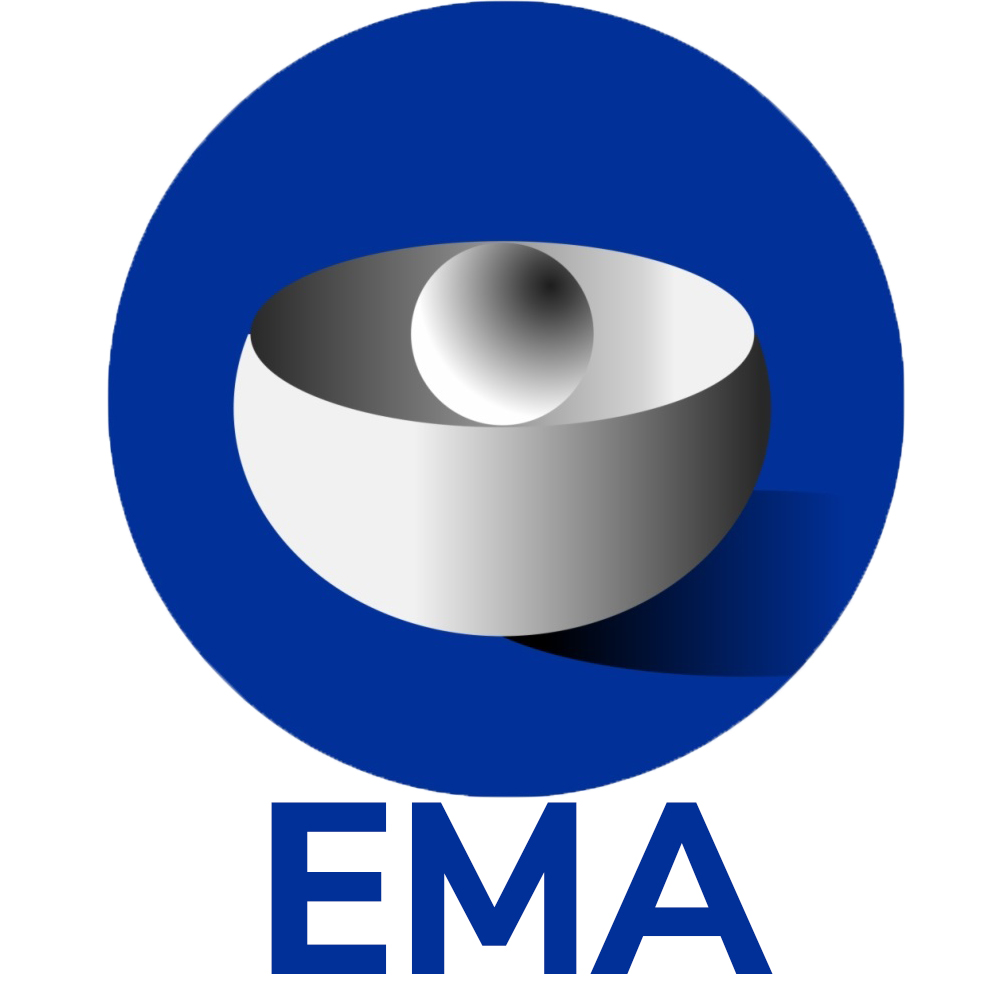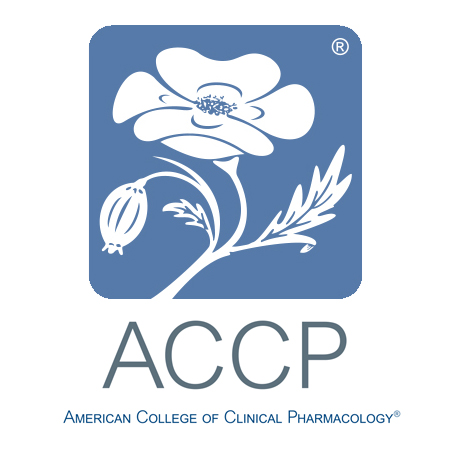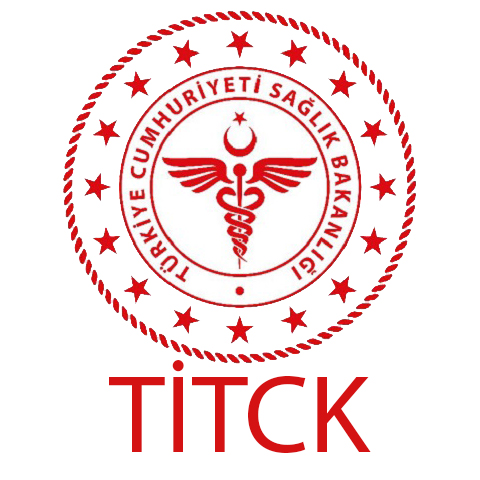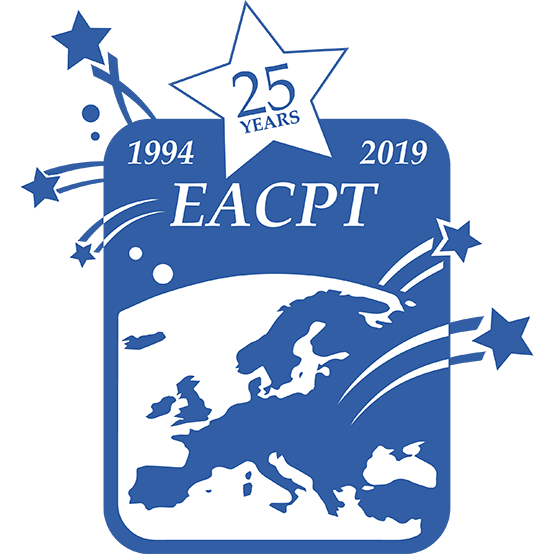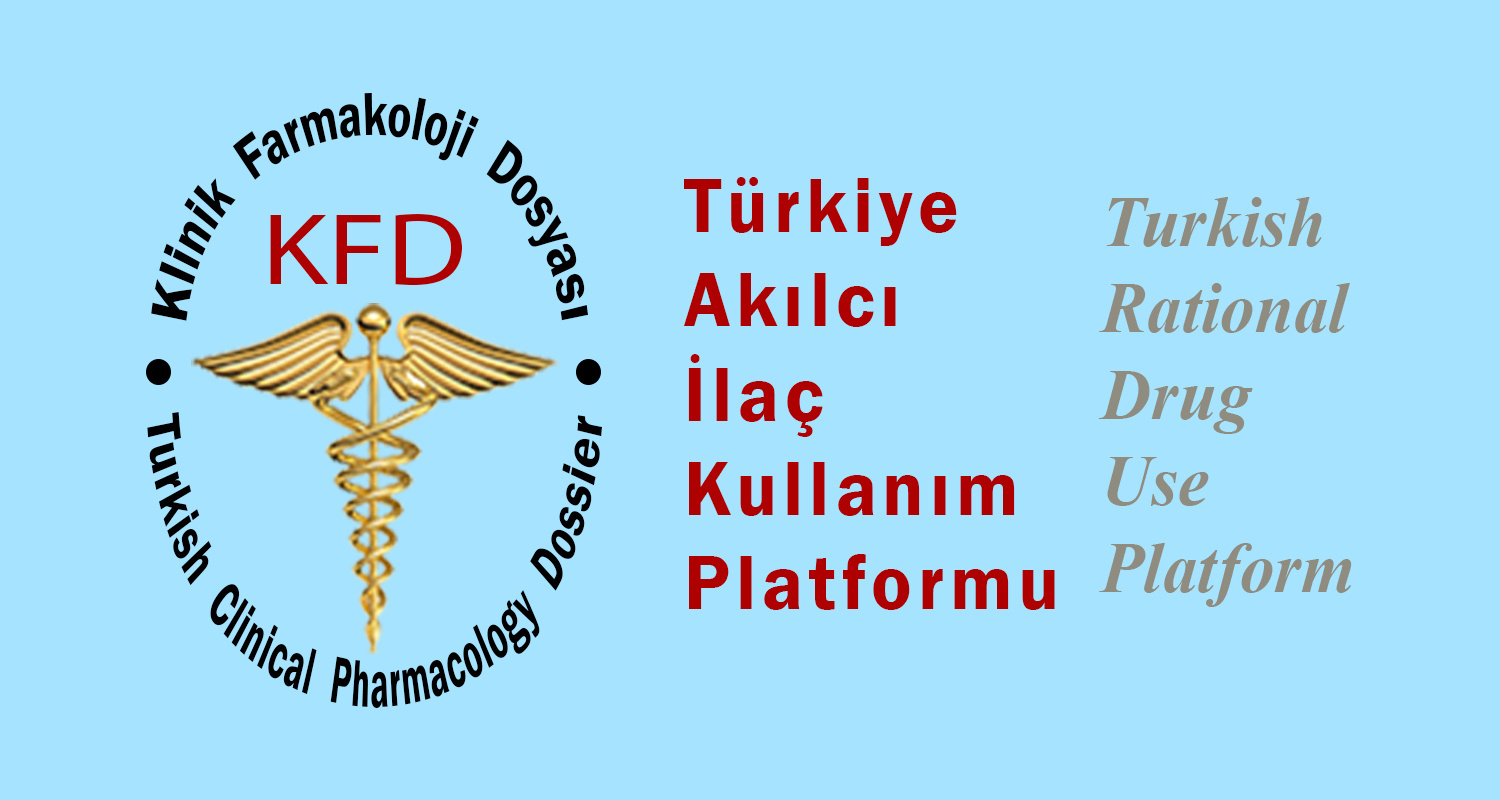
Antipsikptik, antidepressan, sedatif, anksiyoltik, lityum ve stimülan ilaçlara bağlı olarak ABD de senede dosan bin hasta acil servislere gidiyor. L. Hampton ve arkadaşları tarafından geçen ay JAMA Psychiatri’de ‘National Electronic Injury Surveillance System – Cooperative Adverse Drug Event Surveillance (NEISS-CADES)’ verilerine dayanarak yayınlanan makalede psikiyartik ilaçların yan etkisi sebei ile acil servise müracaat eden hastaların %19.3’ü yatırılarak tedavi edilmek zorunda kalınmıştır. Sedatif-anksiyolitil, antipsikotik ve antidepressanlar sebebi ile acil servise müracaat eden hasta sayısı 20.000-30.000 tahmin edilmektedir. En çok yan etkiye sebep olan ilaçlar antipsikotiklerdir.
İncelenen 83 ilaç içinde 10 tanesi acil servise müracaatların %60’ını teşkil etmekte. Zolpidem tek baçına tüm acil servis müracaatlarının %12 sini ve 65 yaş üstü hastalrda %21’ini teşkil etmekte.
Ulusal madde bağımlılığı ve mental sağlık servisleri 2011 raporuna göre ABD de 26.8 kişi (erişkin nüfusun %11.5’çuğu) akıl hastalıkları için reçeteli ilaç kullanmakta.
Acil servise en fazla müracaat sebeb olan ilaçlar: Zolpiden tartarat (AMBİEN); queiapine (SEROQUEL), alprazolam (XANAX), lorezapam (ATİVAN), Haloperidol, clonazepam, trazodone, citalopram (CIPRALEX), lityum tuzları, risperidon (RİSPERDAL)
Özellikle bu ilaçların endikasyon dışı kullanılmaları yan etkileri önemli ölçüde artırmaskta.
Emergency Department Visits by Adults for Psychiatric Medication Adverse Events FREE ONLINE FIRST
Lee M. Hampton, MD, MSc1; Matthew Daubresse, MHS2,3; Hsien-Yen Chang, PhD2,4; G. Caleb Alexander, MD, MS2,3,5; Daniel S. Budnitz, MD, MPH1
JAMA Psychiatry. Published online July 09, 2014.
Abstract
Importance In 2011, an estimated 26.8 million US adults used prescription medications for mental illness.
Objective To estimate the numbers and rates of adverse drug event (ADE) emergency department (ED) visits involving psychiatric medications among US adults between January 1, 2009, and December 31, 2011.
Design and Setting Descriptive analyses of active, nationally representative surveillance of ADE ED visits using the National Electronic Injury Surveillance System–Cooperative Adverse Drug Event Surveillance system and of drug prescribing during outpatient visits using the National Ambulatory Medical Care Survey and the National Hospital Ambulatory Medical Care Survey.
Participants Medical records from national probability samples of ED and outpatient visits by adults 19 years or older were reviewed and analyzed.
Exposures Antidepressants, antipsychotics, lithium salts, sedatives and anxiolytics, and stimulants.
Main Outcomes and Measures National estimates of ADE ED visits resulting from therapeutic psychiatric medication use and of psychiatric medication ADE ED visits per 10 000 outpatient visits at which psychiatric medications were prescribed.
Results From 2009 through 2011, there were an estimated 89 094 (95% CI, 68 641-109 548) psychiatric medication ADE ED visits annually, with 19.3% (95% CI, 16.3%-22.2%) resulting in hospitalization and 49.4% (95% CI, 46.5%-52.4%) involving patients aged 19 to 44 years. Sedatives and anxiolytics, antidepressants, antipsychotics, lithium salts, and stimulants were implicated in an estimated 30 707 (95% CI, 23 406-38 008), 25 377 (95% CI, 19 051-31 704), 21 578 (95% CI, 16 599-26 557), 3620 (95% CI, 2311-4928), and 2779 (95% CI, 1764-3794) respective ADE ED visits annually. Antipsychotics and lithium salts were implicated in 11.7 (95% CI, 10.1-13.2) and 16.4 (95% CI, 13.0-19.9) ADE ED visits per 10 000 outpatient prescription visits, respectively, compared with 3.6 (95% CI, 3.2-4.1) for sedatives and anxiolytics, 2.9 (95% CI, 2.3-3.5) for stimulants, and 2.4 (95% CI, 2.1-2.7) for antidepressants. The commonly used sedative zolpidem tartrate was implicated in 11.5% (95% CI, 9.5%-13.4%) of all adult psychiatric medication ADE ED visits and in 21.0% (95% CI, 16.3%-25.7%) of visits involving adults 65 years or older, in both cases significantly more than any other psychiatric medication.
Conclusions and Relevance Psychiatric medications are implicated in many ADEs treated in US EDs. Efforts to reduce ADEs should include adults of all ages but might prioritize medications causing high numbers and rates of ED visits.

